Step towards civilization: find out what you can throw in the plastic container and what you can’t
Separate waste collection helps to significantly improve the environmental situation, and plastic recycling is of particular importance. Unfortunately, not all plastic can be thrown into a container. Products marked 3 and 7 are not processed in Russia, 5 and 6 are accepted only at special points.
The containers are designed to collect plastic with designations 1, 2 and 4. First of all, these are drink bottles, bags, containers for hygiene and detergents.
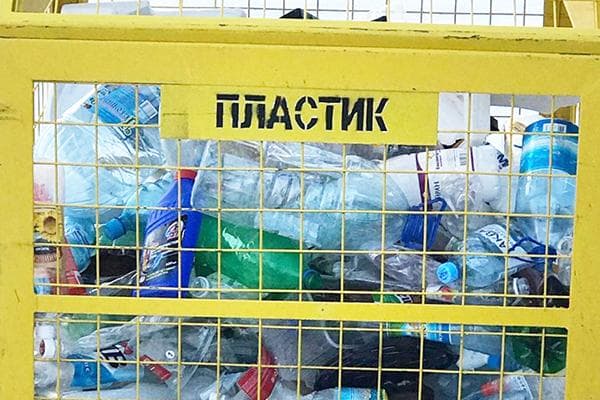
What kind of plastic can be thrown into a special container?
If you look carefully around, plastic products surround us everywhere - windows, kitchen and garden utensils, household appliances, not to mention food packaging and bags. The invention is, of course, useful, but highly polluting. In order to somehow improve the environmental situation, they learned to recycle and reuse plastic. But, unfortunately, not all of them.
There are 7 types of plastics in total. A unified labeling was adopted 30 years ago. Icons are printed on plastic products - a triangle with a number corresponding to the type of material. Additionally, under the symbol there is usually an alphabetic code.
Let's figure out which types of plastic can be thrown into a collection container and which cannot:
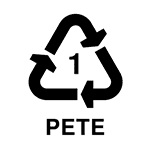 |
1, or PET. This is the most common type of plastic and is widely used in the beverage industry. Serves as disposable packaging. Willingly accepted for processing. |
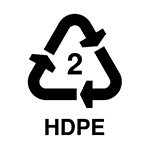 |
2, or PE-HD. Dense polyethylene.It is used to make packaging for shampoos, gels, detergents, some types of bags, buckets, boxes, and garden furniture. Products with this marking can be thrown into a container. |
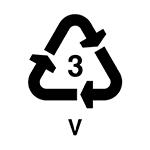 |
3, or PVC. Polyvinyl chloride is considered the most toxic plastic; when burned, it releases dangerous carcinogens. It is used in the production of films, suspended ceilings, floor coverings, tiles, leatherette, and plastic cards. Not recyclable. Do not throw it in a plastic container. |
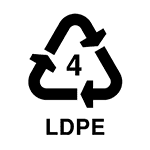 |
4, or LDPE. It is a thin polyethylene and serves as a material for packaging bags, garbage bags, and flexible containers. Can be thrown into a container. |
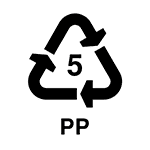 |
5, or PP. Polypropylene is a dense, heat-resistant plastic. Widely used in the production of disposable and reusable tableware, toys, finishing materials, food containers, and food packaging. Quite difficult to process. |
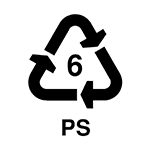 |
6, or PS. Polystyrene. Dense plastic used to make plastic cups, children's toys, bottle caps, auto parts, food containers, dishes, egg trays and much more. Processed by separate enterprises. |
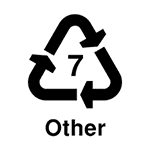 |
7, or OTHER. All other types of plastics. Almost any goods can be made from them: dishes, toys, packaging, containers and containers. Products marked 7 are not processed in Russia, so putting them in a container is pointless. |
Plastics 5 and 6, although they are recycled, are accepted from the population only at separate collection points. The fact is that polystyrene and propylene are very similar to each other. They are difficult to sort and therefore are mostly supplied in large quantities from warehouses and stores directly to the processing plant.
Check with your local waste disposal facility to see what kind of plastic you can put in the container. Often this information is indicated on the tanks themselves.
Product list
So, despite the fact that almost all types of plastics are recycled in Russia, only products marked 1, 2 and 4 should be placed in containers. They are easily recyclable, recognizable and make up the lion’s share of all waste.
List of things you can confidently throw into the yellow tank:
- drink bottles – mineral water, beer, iced tea, soda, milk;
- vinegar bottles;
- containers for hygiene products: shampoos, balms, creams, gels, liquid soap;
- containers for cleaning and detergents: gels and laundry conditioners, dishwashing detergents, stoves, toilets, glass;
- polyethylene (bags and film);
- plastic buckets and basins;
- canisters.
If you have already started sorting plastic, you need to prepare it correctly: compress it, unscrew the lids, and remove the labels if possible. It is important that the containers are empty and do not contain drinks or leftover food.
Why do you need to sort plastic?
Landfills and landfills in Russia are growing exponentially. While Sweden recycles 99% of all waste, we only recycle 7–8%. Every year, about 70 million municipal solid waste is generated, which pollutes the environment and requires a lot of space. Separate garbage collection can solve the problem. With its help you can recycle up to 70% of waste. Technologies, factories - everything is there. Now step up to the population.
Let us remind you that you cannot burn plastic - it is harmful to the atmosphere, and it rots in the ground for at least 180 years.
What is collected plastic made of? Anything. It is first sorted, pressed, washed, and crushed.The output is flakes - flex, which are used for the production of fibers, fabric, new bottles, laundry baskets, vegetables, buckets, etc.
What you should not throw into a container: common mistakes
Before processing, plastic is sorted by type, otherwise high-quality recyclables cannot be obtained. Even a small percentage of other materials (for example, PVC) can ruin an entire batch. Therefore, there is no need to put anything that even remotely resembles plastic into a container.
A list of things that the population often throws into a special bin, although this is not necessary:
- packaging for mayonnaise, sauces, ketchup, coffee;
- packaging for cakes, pastries, cookies, salads, fruits;
- egg containers;
- substrates for raw meat;
- foam packaging;
- cups of yogurt, sour cream, desserts;
- disposable tableware and straws;
- toothbrushes and toothpaste tubes;
- electrical appliances: keyboard, mouse, curling iron and other equipment;
- PVC tiles, hoses;
- tetrapacks – boxes of juices, milk, chips;
- baby food bottles.
The above products can be taken to separate recycling collection points. You can even get a small cash reward for them. In regional centers, plastic is accepted in every district.
Plastic can end its life in 3 ways. In the worst case, it will remain in the forest, where it will decompose for several hundred years. It will cause less damage to nature if it rots in a landfill. The best option is to transfer it to a processing plant, where it will be given a second life and become a new thing. If you are not yet ready to carefully select plastic waste and take some of it to collection points, it’s okay. Start small - throw plastic bottles and household chemical containers into a special container.Even with this you will bring invaluable benefits to the planet and humanity!
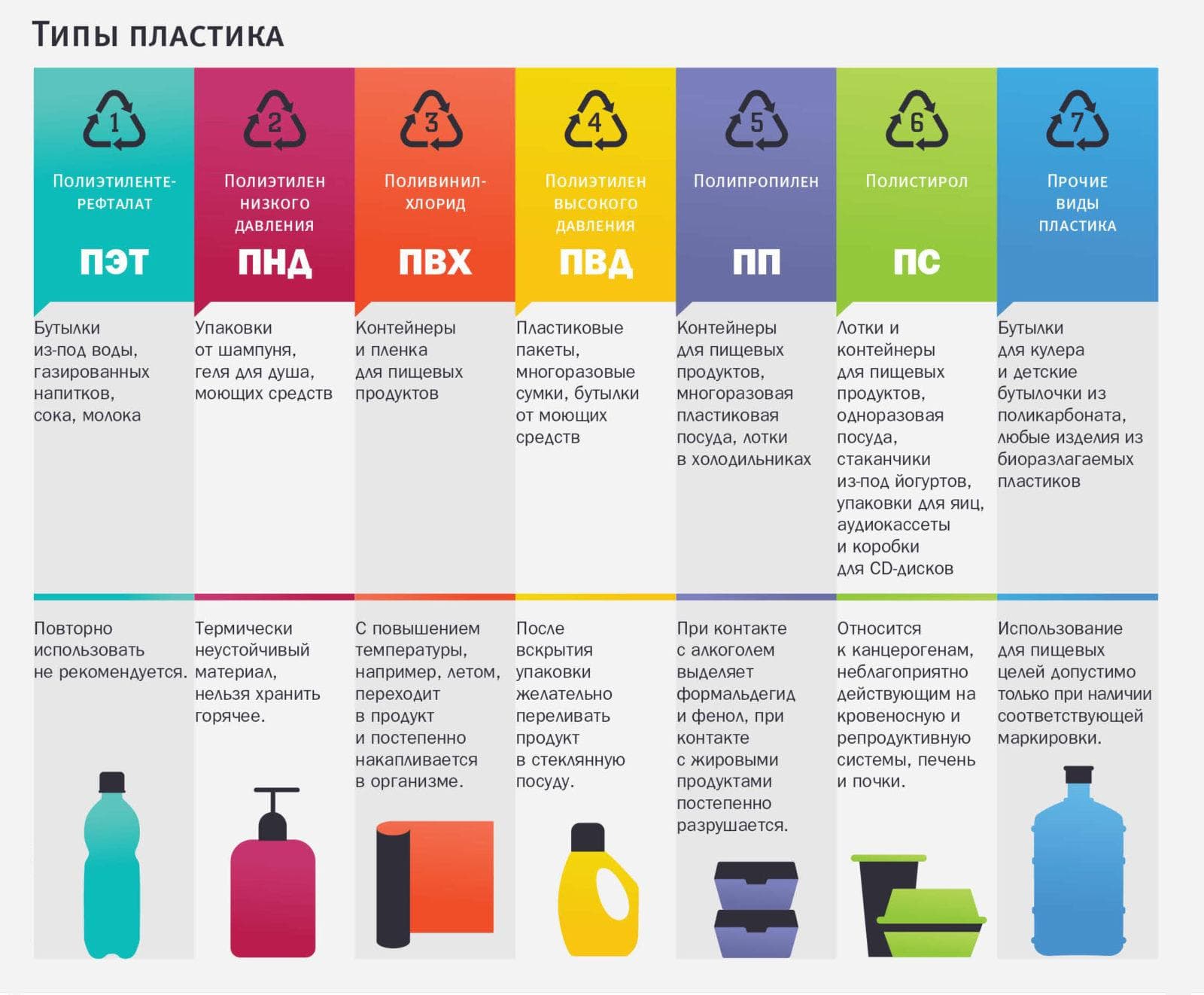
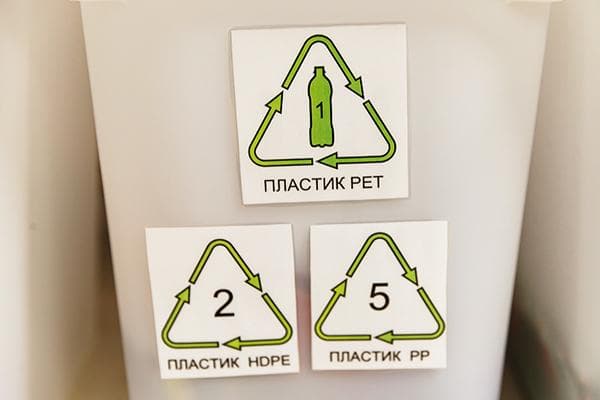
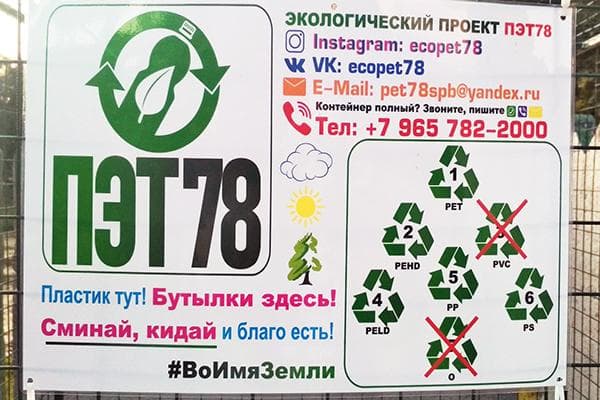
We do not have a special container, and the collection point is far away. I’m collecting it, but I don’t know what to do, I’ll have to throw it in the trash. He is the only one in our house.
WE HAVE CONTAINERS, I ALWAYS SORT, BUT LOOK. HOW PEOPLE ARE NOT CONSECUTIVE AND THROW OUT EVERYTHING THAT IS NOT THERE! HOW TO REACH THEM (stupid ones!)?! 1 - WRITE IN CAPITAL LETTERS FOR WHICH WASTE! 2 - SK. PLASTIC ROTS FOR YEARS! 3 – DRAW A PIG CHEWING…. THINK ABOUT THIS WHO PUT THE CONTAINER!
Thank you for the information, the article is detailed, understandable and necessary.
It is necessary, like Sweden, to recycle 99 percent of the garbage; specialists develop technologies!!!!
The article helped me figure it out. And then the containers were placed near the house. It’s not written what kind of plastic to throw in there.